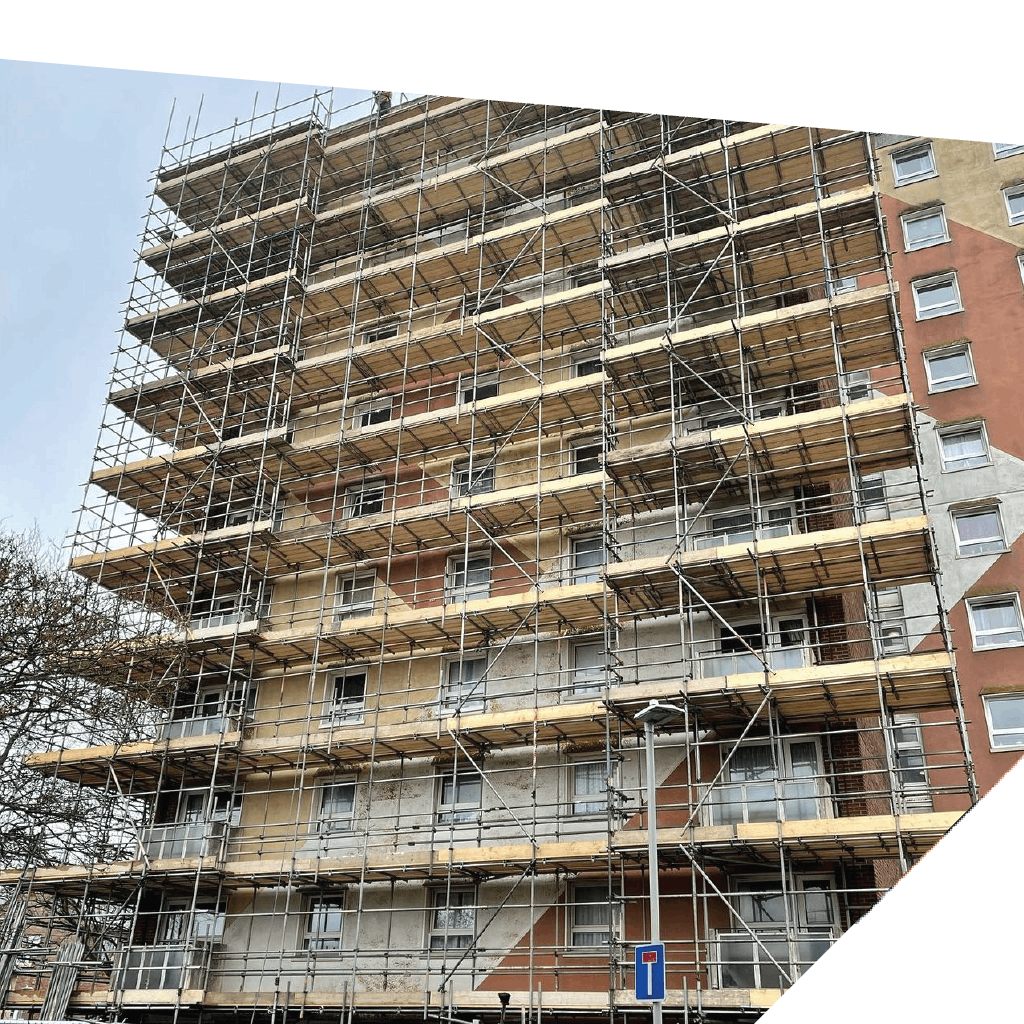In the ever-evolving landscape of commercial construction, scaffold systems emerges as a key component that underpins the very framework of achievement. Commercial scaffolding is not merely a temporary structure; it is a crucial aspect that improves security, efficiency, and ease of access on job sites. As industries strive to reach challenging goals and meet tight deadlines, recognizing the value of scaffolding and its proper application becomes essential for contractors and project managers alike.
Regardless of whether embarking on a new construction project or a major renovation, the types of scaffolding utilized can greatly influence the project's overall effectiveness. From high-rise buildings to retail outlets, every commercial endeavor demands a customized scaffolding solution that prioritizes safety and compliance while also enabling seamless workflow. In this piece, we will explore the various facets of commercial scaffolding, covering its role in modern construction, safety regulations, and best practices, making sure you have the expertise to handle this crucial aspect of your projects effectively.

Understanding Commercial Scaffold Systems
Business scaffold systems is a temporary framework used to assist building workers and resources during building and refurbishment projects. This crucial instrument enables safe access to elevated areas, allowing workers to carry out tasks efficiently while reducing labor risks. These systems can be seen in a range of business settings, including high-rise buildings, shopping centers, schools, and stadiums, making it a key element of modern building practices.
There are several kinds of scaffold systems used in commercial projects, each tailored to meet particular needs and challenges. Typical systems include frame systems, suspended structures, and modular frameworks, which can be tailored to suit the particular needs of a construction site. This versatility ensures that these structures can be adapted for various heights, weights, and structural applications, enabling smooth construction processes across multiple industries.
The importance of commercial scaffolding extends beyond mere accessibility; it plays a crucial role in overall worksite safety. By providing a stable platform, these systems helps prevent accidents and injuries related to falls, which are frequent in construction environments. Grasping the safety measures associated with scaffolding, including adherence with OSHA regulations, training requirements for workers, and regular security inspections, is vital for maintaining a secure working space.
Safety and Compliance in Scaffold Construction
Ensuring safety and adherence in scaffolding is crucial for any business construction project. Scaffold systems must adhere to state and federal standards, such as those set by the Occupational Safety and Health Administration. These regulations provide guidelines that determine load capacities, inspection processes, and required safety protocols. By carefully following these guidelines, contractors can mitigate risks associated with scaffold systems, safeguarding both workers and surrounding individuals.
Frequent security inspections take a crucial role in ensuring compliance and ensuring that scaffold remains a secure environment for workers. These inspections evaluate the condition of the scaffolding, looking for any deterioration or damage that could jeopardize safety. Employers must be diligent in documenting these evaluations and addressing any noted problems promptly. A preventive approach to security not only complies with standards but fosters a environment of security within the team.
Additionally, providing comprehensive training for workers is essential in improving security and compliance regarding scaffolding. Crew staff should be educated on the proper assembly and disassembly of scaffolding systems, as well as on recognizing frequent risks. Training sessions must be tailored to the specific types of scaffold systems in use and should incorporate practical sessions to reinforce learning. A well-trained crew not only improves security but also boosts overall construction effectiveness and effectiveness.
Project Organization and Logistics
Proper project preparation and logistics are crucial for the effective implementation of business scaffolding. Commercial Scaffolding In Ramsgate begins with a comprehensive assessment of the construction site, factoring in aspects such as entry points, load capacity, and the unique requirements of the project. Communication with different disciplines and work schedules must be a key focus, ensuring that equipment and labor are available when needed. Efficient logistics can cut downtime and improve overall efficiency, minimizing both costs and delays.
In addition, initial planning, it is essential to assess the logistics of scaffold installation and dismantling. Comprehensive timelines should be created to account for the multiple steps of the project, ensuring efficient transitions between different phases of construction. Having a clear communication strategy in place allows all team members be in the loop and coordinated with the current changes or updates. This encourages collaboration and allows for quick problem-solving should any problems arise, thus enhancing the momentum of the project.
Finally, persistent management of scaffolding on crowded industrial sites is vital to uphold safety standards and operational efficiency. Frequent check-ins and assessments are key to ensuring that the scaffolding remains adhering with safety regulations and that all workers are complying with established safety protocols. By staying flexible and sensitive to site conditions, project managers can effectively navigate the challenges of commercial scaffolding, ensuring the project progresses smoothly from beginning to end.
